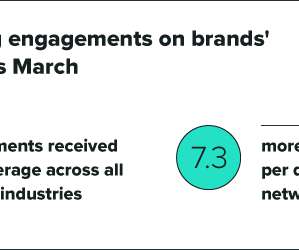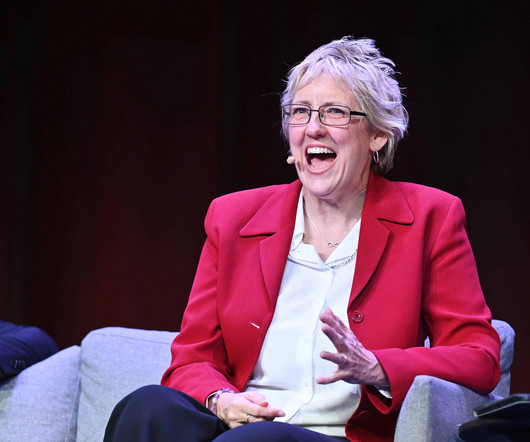How COVID-19 has changed social media engagement
Sprout Social
APRIL 27, 2020
Twitter patterns of usage have remained slightly more consistent pre- and post-COVID response. This could relate to changing remote work patterns, including a drop in browsing for updates during or around a commute. Retail, consumer goods, and education sent messages also dropped, though less dramatically. rather than 7 a.m.












Let's personalize your content